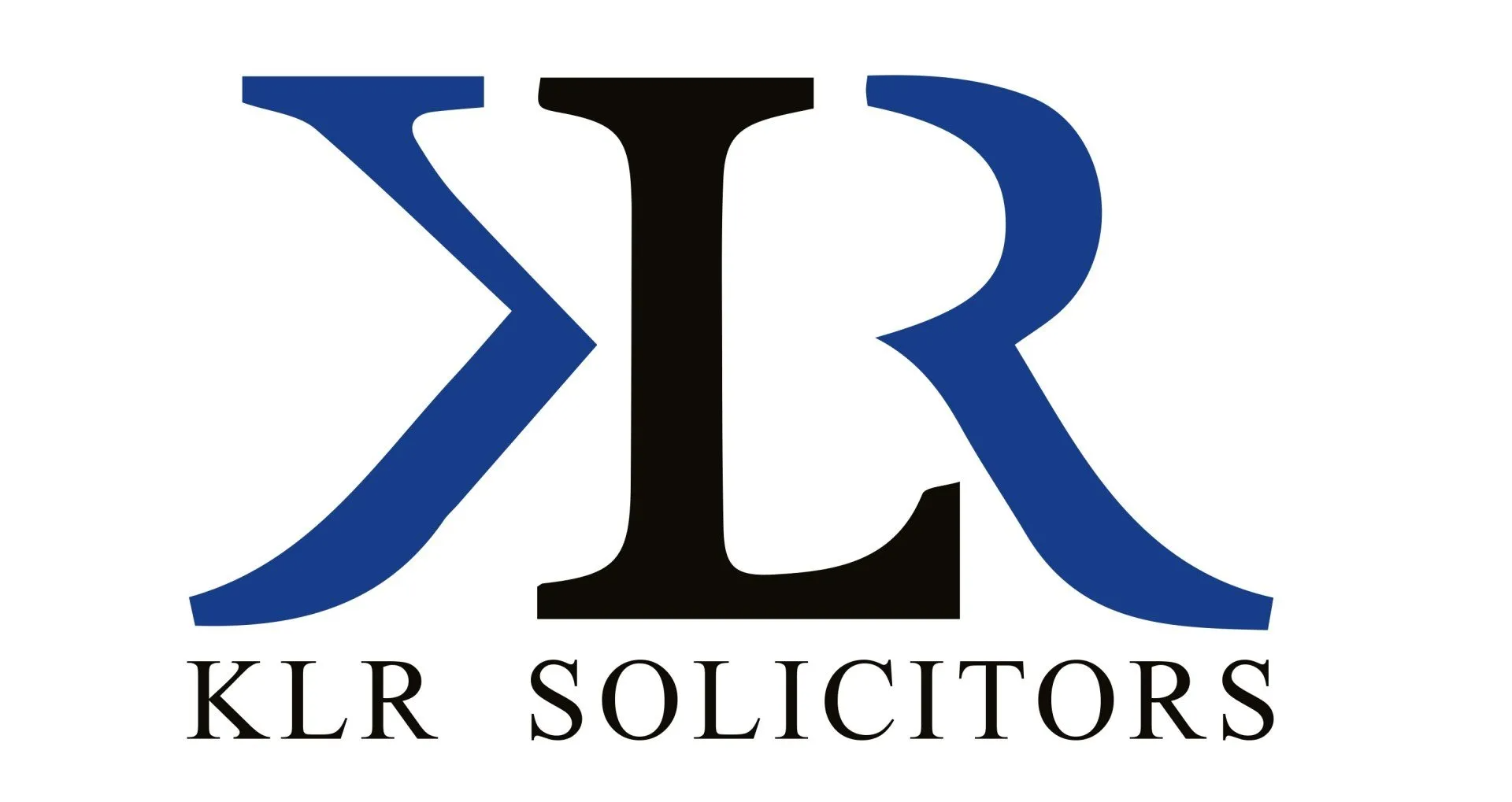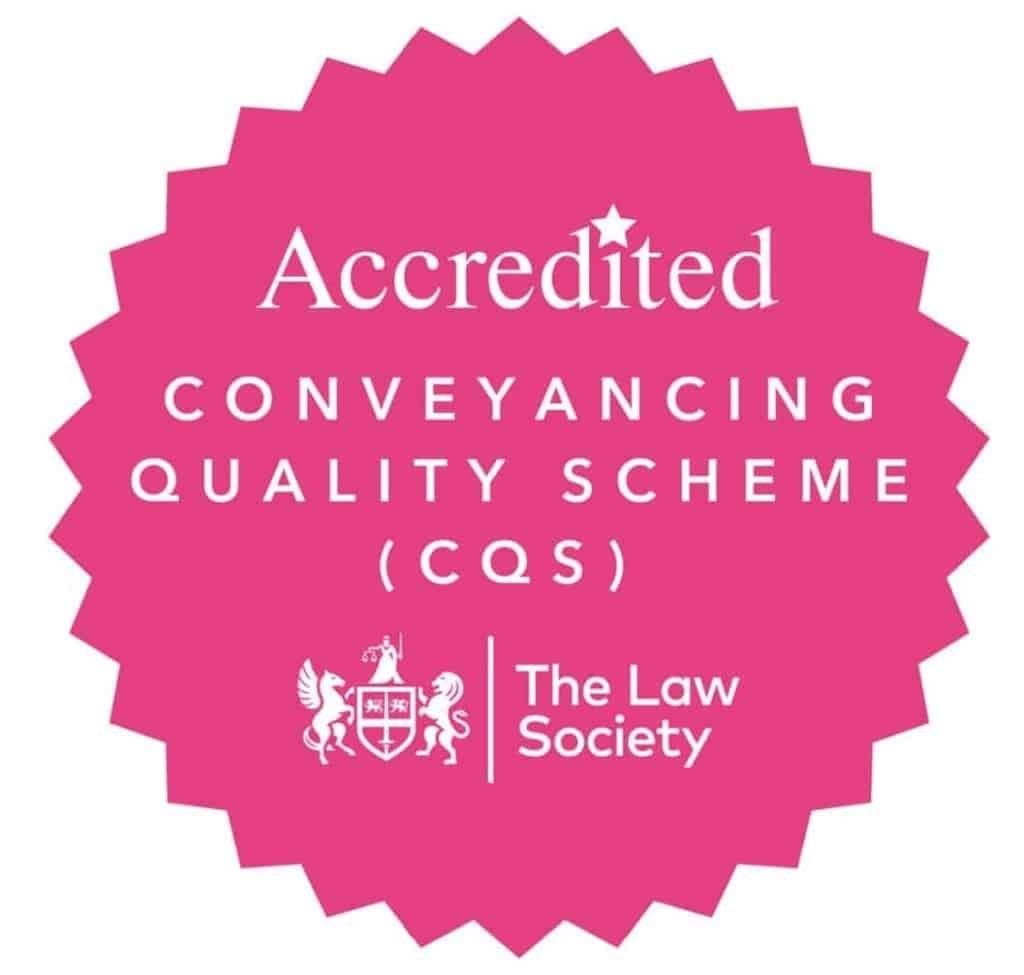Understanding Inheritance Tax in England and Wales
Inheritance tax is a subject that stirs both controversy and confusion in England and Wales, just as it does in many other countries around the world. It is a fiscal policy that impacts people and families on a deeply personal level and has fuelled debates among economists, policymakers, and the public alike.
Historical roots and purpose
The concept of taxing inherited wealth has ancient origins, dating back to civilizations such as ancient Egypt and Rome. These societies imposed levies on property transfers, aiming to maintain social and economic stability. The idea that extreme wealth concentration could destabilise societies persists to this day.
In England, the roots of modern inheritance tax can be traced back to the late 17th century when a series of legacy and succession duties were introduced. These duties aimed to raise funds for the government during times of war and were later consolidated into a single inheritance tax in the 19th century. The inheritance tax system, as we know it today, is governed by the Inheritance Tax Act 1984
What are the basics of inheritance tax?
Inheritance tax is levied on the estate of a deceased person when their assets are transferred to beneficiaries. The tax applies to the total value of the estate, including property, money, investments, and possessions. However, there are several important exemptions and allowances in place to ensure that inheritance tax does not place an undue burden on modest estates.
The standard inheritance tax rate in England and Wales is 40%. This rate is applied to the portion of the estate that exceeds the tax-free threshold, known as the "nil-rate band." The nil-rate band is the amount that can be inherited tax-free, and it is subject to change over time. Currently the nil-rate band is £325,000.
If one spouse or civil partner dies and does not use their entire nil rate band (because their estate is below the threshold or they left their assets to their spouse or civil partner), the unused portion can be transferred to the surviving spouse or civil partner.
The deceased’s executor or administrator is responsible for valuing the estate, calculating the tax liability, and making the necessary arrangements for payment.
What is the residence nil-rate band?
The Residence Nil Rate Band (RNRB) was introduced to help people pass on their family home to their direct descendants, such as children or grandchildren, without incurring inheritance tax.
To qualify for the RNRB, the following conditions must be met:
- The property must have been the primary residence of the deceased.
- The property must be left to one or more direct descendants, such as children or grandchildren, either through the deceased’s Will or the Rules of Intestacy.
The RNRB tapers away by £1 for every £2 where the estate exceeds £2 million.
Currently, the RNRB is £175,000. Like inheritance tax, it can be transferred to the surviving spouse or civil partner.
If a married couple can transfer their entire inheritance tax nil-rate band and residence nil-rate band, the surviving spouse will have a tax-free allowance of £1 million.
How can I plan to minimise inheritance tax?
You can structure your estate to minimise your inheritance tax obligations. Aside from taking advantage of the nil-rate bands the following can assist with reducing any inheritance tax owed:
- Gifting - Gifts made more than seven years before your death are generally exempt from inheritance tax. However, if you die within seven years of making a gift, the value of the gift may be subject to inheritance tax on a sliding scale. You can also gift £3,000 tax-free every year and make a gift up to the value of £5,000 for your child upon their marriage.
- Trusts - Establishing a trust can be a useful way to pass on assets while reducing the potential inheritance tax liability. However, there are significant costs associated with creating and maintaining a trust, such as capital gains tax when transferring assets in and out of a trust and income tax on any income earned from the trust’s capital.
- Business and Agricultural Relief -If you own a business or agricultural property, you may be eligible for business relief or agricultural relief, which can reduce the taxable value of these assets.
- Life Insurance Policies -you can transfer your life insurance policy into a trust which ensures the policy’s proceeds remain outside of your estate for inheritance tax purposes.
- Regularly review your Will - ensure that your Will accurately reflects your wishes and takes advantage of available exemptions and reliefs.
Final words
Inheritance tax is a complex and often controversial topic. Its historical roots trace back centuries. While it has faced criticism and calls for reform, at present, you need to engage in proactive estate planning to minimise the inheritance tax that may apply to your estate. An experienced Wills and Trusts Solicitor can advise you on the best steps to take and draft any required documentation.
For a free consultation on creating a Will and/or estate planning, please call our understanding and caring family law team on 0208 300 6666.














